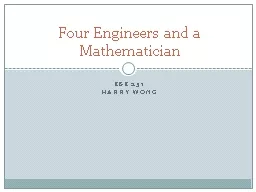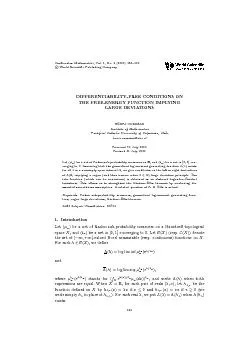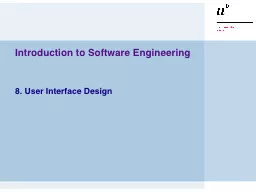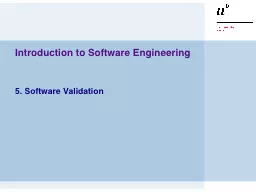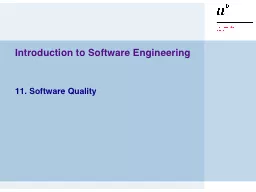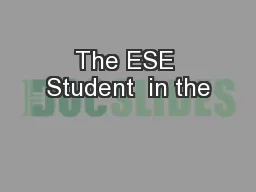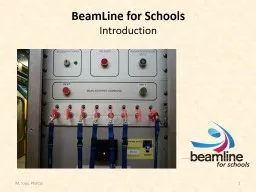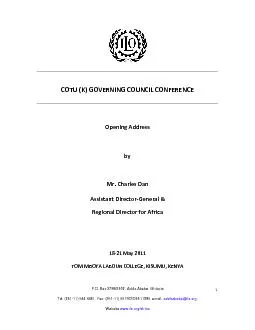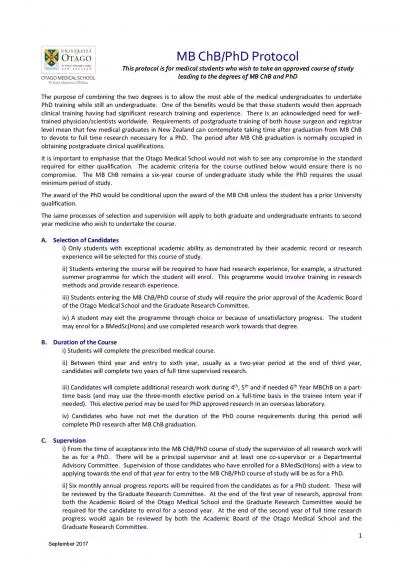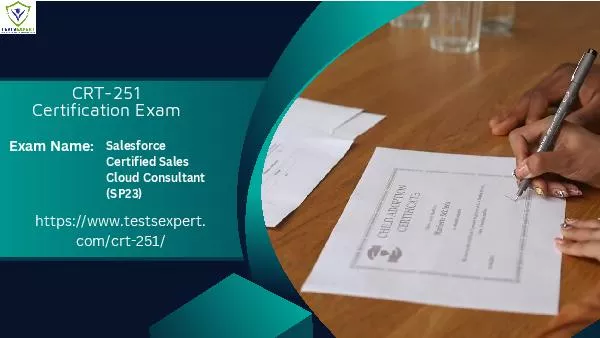PPT-ESE 251
Author : liane-varnes | Published Date : 2016-05-08
Harry Wong Four Engineers and a Mathematician Joseph Louis Lagrange Born in Italy during the mid1700s Inspired by a paper by Edmund Halley to enter mathematics
Presentation Embed Code
Download Presentation
Download Presentation The PPT/PDF document "ESE 251" is the property of its rightful owner. Permission is granted to download and print the materials on this website for personal, non-commercial use only, and to display it on your personal computer provided you do not modify the materials and that you retain all copyright notices contained in the materials. By downloading content from our website, you accept the terms of this agreement.
ESE 251: Transcript
Download Rules Of Document
"ESE 251"The content belongs to its owner. You may download and print it for personal use, without modification, and keep all copyright notices. By downloading, you agree to these terms.
Related Documents

